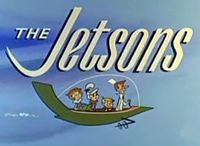
Imagine what was going on in the minds of the initial 50 Japanese workers who stayed behind (while everyone else was evacuated ) to try and fix things at the nuclear reactor after the earthquake …
- Were they going to die, or become disabled from the exposure?
- How much radiation is safe?
- What would happen if they didn't choose to go?
Why would anyone choose to put themselves at that much risk?
Archimedes said "Give me a lever long enough and a fulcrum on which to place it, and I shall move the world."
In this case, the lever was the fate of world, or at least their little corner of the world. Their actions might save and change millions of lives.
They had a purpose. And once you have a big enough "Why" … the "Hows" seem to take care of themselves.
You don't have to wait to be a 'hero'.
On a related note, here is a TED video worth watching.
It is called: "Life Lessons From a Volunteer Firefighter".
Small Acts matter. Don't wait.
Related Info:









